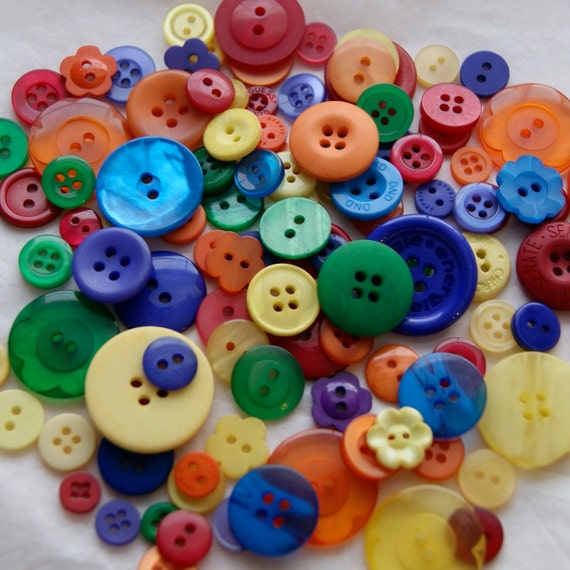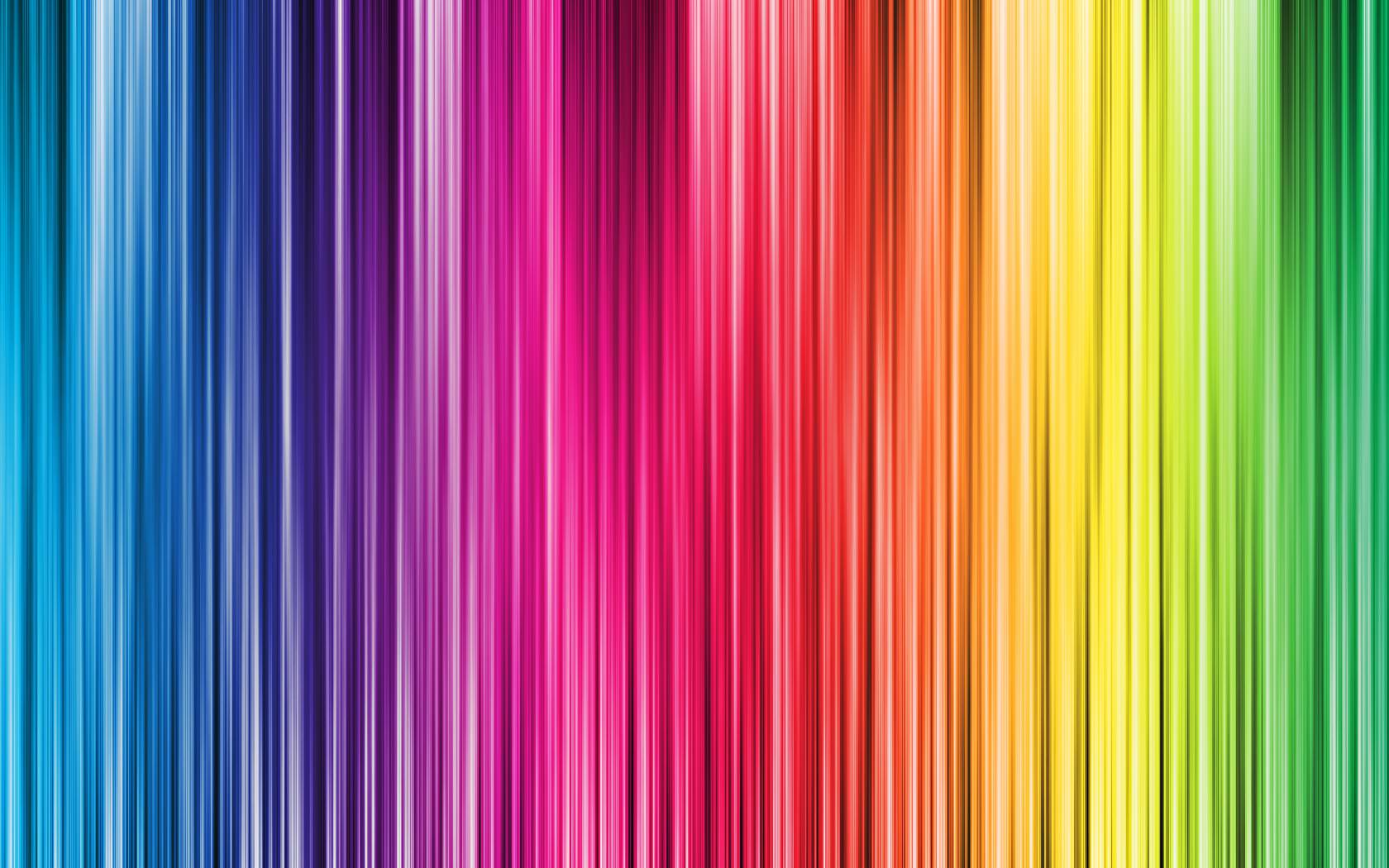
They can invoke a sense of warmth and passion in a design. Warm colors contain higher amounts of reds and yellows. The vocabulary of colorīefore we dive into theory, you’ll need to know the following terms: Primary colorsĬolors also have a “warmth,” and each can be classified as either a warm or a cool color.

Understanding color theory allows you to arm yourself with the scientific and psychological principles that help you evoke emotion and responses from your target audience. A combination of cultural, historical, and emotional elements influence how humans feel when they see different colors.

Color theory and the color wheel have continued to evolve, teaching us more about the science behind why certain colors complement each other.Īnd over time, color psychology has influenced design as well. Sir Isaac Newton got us started with a basic color wheel based on how light reflected a spectrum of colors.
#RAINBOW PRIMARY COLORS HOW TO#
Color schemes: how to use the color wheel to choose accent colors, complementary colors, and create appealing color schemes.Color wheel: a powerful tool for visualizing the relationships between colors.Vocabulary: from tints to saturation to warm and cool colors - we’ll cover the lingo designers use when talking color.

To help you learn color theory, we’ve broken it down into the following topics: Of course, the categories also offer another way to appreciate the variation of rainbows' beauty.Familiarizing yourself with the basics of color theory can help you create appealing color schemes for graphic design and web design. Since they depend on water, spotting them on other worlds might indicate the presence of water and potentially, life. Clouds can also create halos, arcs, coronas and other iridescent patterns that resemble rainbows, but aren't.Ĭlassifying the many different rainbows may help in the search for extraterrestrial life, writes Zielinkski for National Geographic. Mist, fog, dew, ice and other forms of water suspended in the air can create their own rainbows. Not all rainbow-colored phenomena are true rainbows in the strict sense of sunlight interacting with raindrops. Double rainbows are another oddity, where the light reflects twice off of the rain, causing one bow's colors to mirror the other. Other rainbows varieties include those with supernumerary bows-arcs of green, purple and pink that are likely created by smaller rain droplets. Scientists don't yet agree on the cause of these unusual rainbows but one idea is that raindrops can distort and flatten as they fall and create non-spherical drops, according to the Atmospheric Optics website created by Les Cowley. For example, twinned bows have an extra arc of color bending separately from the primary bow. They determined that the angle of the sun above the horizon plays a larger role in rainbow diversity than previously thought.Įven so, rainbows not only vary in coloration but also in unexpected features like shape. Using the colors in each variety of bow, the researchers split them into 12 categories. Jean Ricard, of France's National Centre for Meteorological Research, and his colleagues dug through hundreds of rainbow pictures to come up with a classification scheme for these differences. Other rainbows might be missing just green, or blue. This is because during these times, light has to travel farther through the Earth's atmosphere and the other colors get scattered away, reports Thomas Sumner for Science News. But the different color combinations that can result mean that rainbows can actually come in 12 different variations, researchers reported last week at the annual American Geophysical Union meeting in San Francisco, California.Īt sunrise or sunset, when the sun is low to the horizon, a rainbow can glow a solid ruddy red or only light up with bands of red, yellow and orange. In the past, scientists have classified rainbows based on the size of the raindrops that light passes through to create them, reports Sarah Zielinski for National Geographic. Under certain conditions, many of those hues just don't appear. But not all rainbows hold red, orange, yellow, green, blue, indigo and violet in their bands. Ask anyone to draw a rainbow and they'll remember the handy acronym ROY G.


 0 kommentar(er)
0 kommentar(er)
